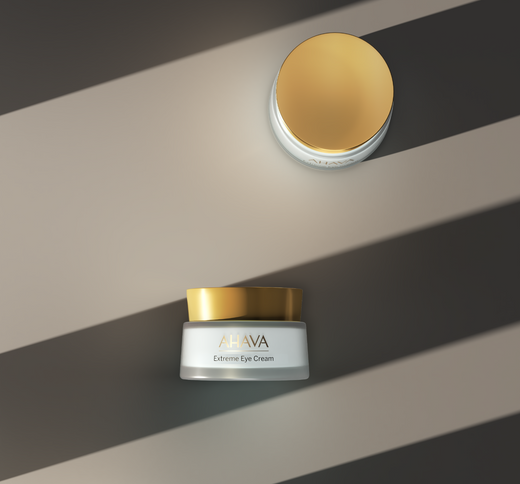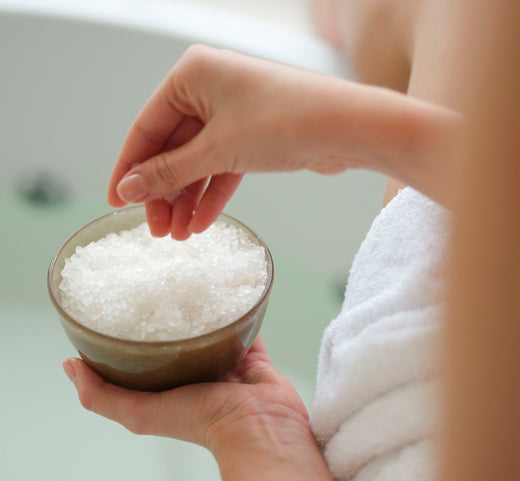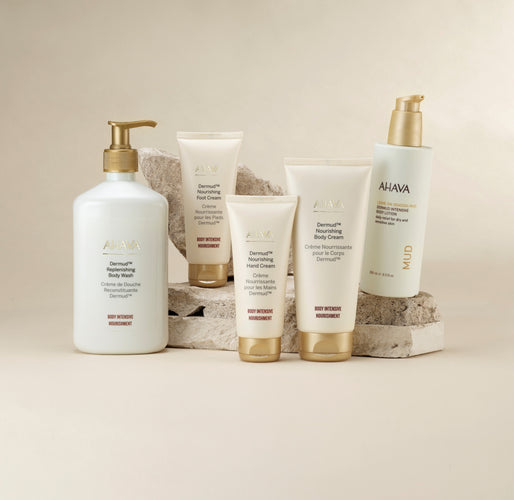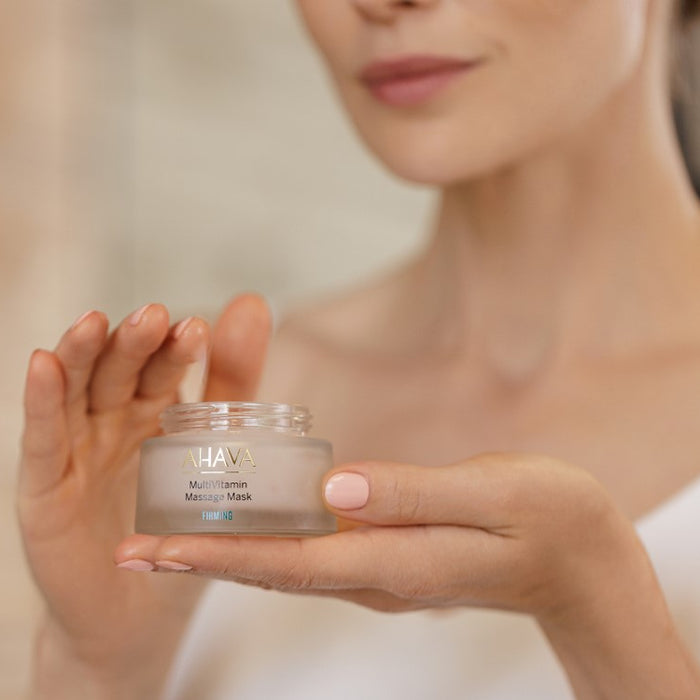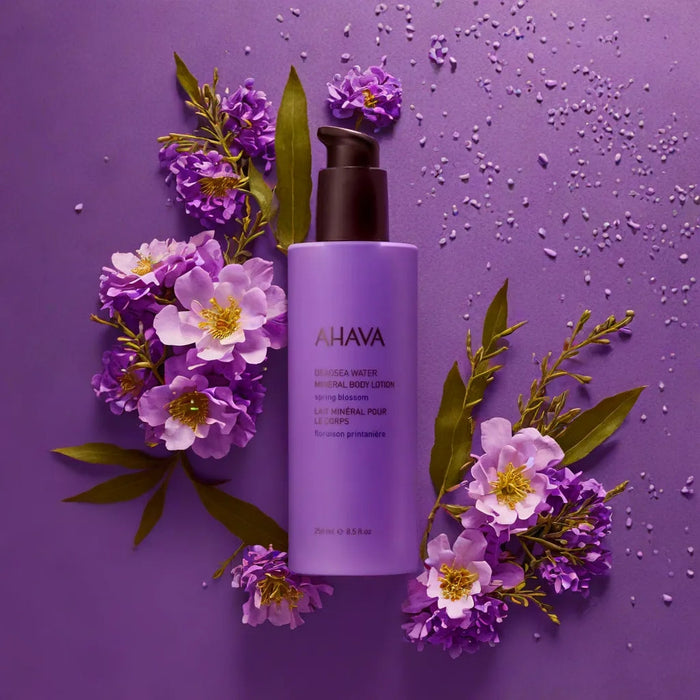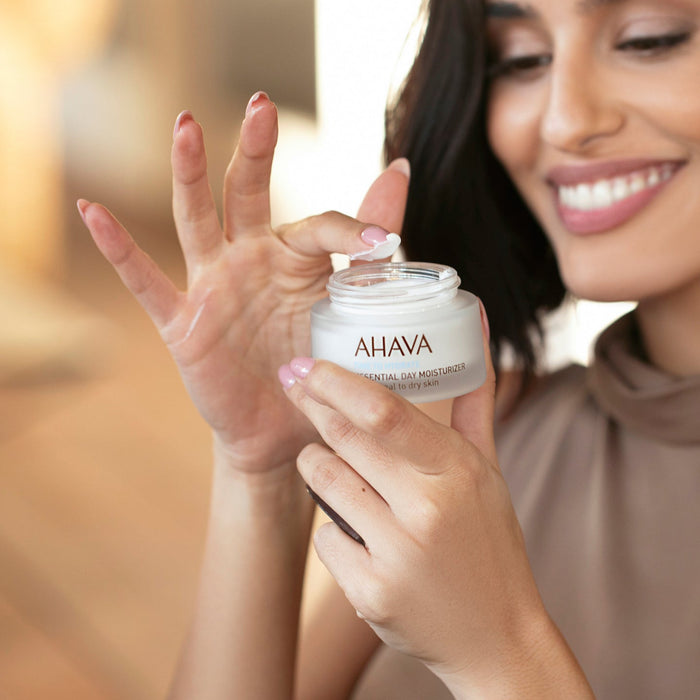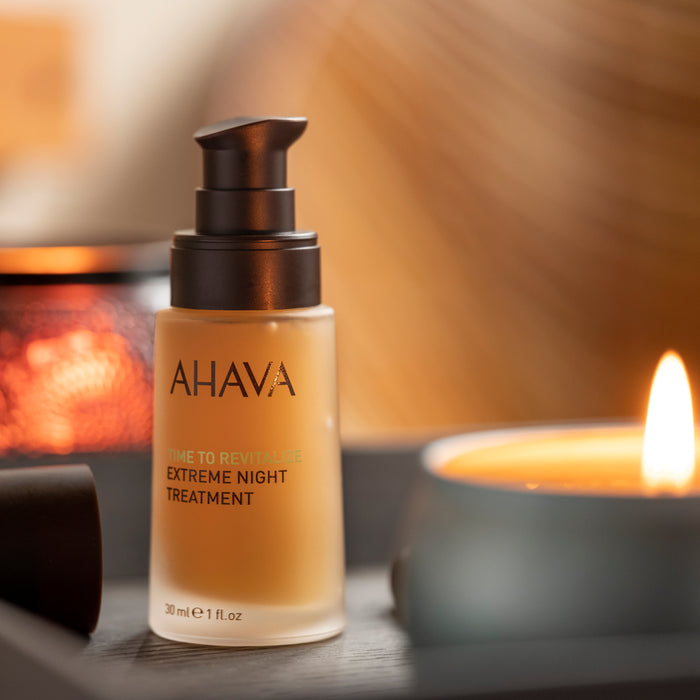Dead Sea facial products are popular for a reason. They’re packed with naturally rich minerals that can help nourish and balance all kinds of skin types. But every once in a while, especially when seasons shift, some users notice their face feels a little sticky after applying them. It’s not a reaction or a sign that something's wrong, just an annoying layer that makes skin feel a little off, like your moisturizer hasn’t sunk in all the way.
This is something we’ve seen pop up more during early fall, when the air is still warm and humid in many parts of the country. The combination of extra moisture in the air and heavier product textures can make stickiness more noticeable than usual. If that’s been your experience, there are a few easy reasons why it happens and even easier ways to fix it. You don’t need to give up the benefits of mineral-based skincare, just understand how to work with the feel of the products so your skin stays comfortable through the seasons.
Understand Why Sticky Residue Happens
Let’s start with the basics. Many Dead Sea facial products use minerals like magnesium and potassium, as well as water sourced from the region. These ingredients work really well with skin’s natural barrier, especially when delivering hydration. That said, if the texture of the product is gel-like or rich in humectants, and it doesn’t fully absorb, you might notice a sticky finish.
This is more likely if:
- You apply too much at once
- You layer multiple products without enough time between
- Your skin is already holding a lot of moisture from the humidity in the air
As early fall rolls in and temperatures drop just slightly, your skin may not react the way it did during drier months. If there’s leftover sunscreen, oil, or sweat from being outdoors, new products can just sit on top rather than soaking in. This is how that tacky feeling sets in-nothing bad, just a sign your routine might need a small adjustment.
Some of this has to do with how your skin absorbs added ingredients. The science behind dermal absorption helps explain why certain textures linger during high-humidity periods.
Make Small Adjustments to Your Routine
If you’re starting to notice stickiness more often, especially after using richer formulas, changing your routine slightly can help. Simple swaps can improve how well products absorb.
Start by giving each product time to settle before applying the next. After cleansing, pat your skin dry and give it a few minutes before layering on anything else. Once you apply a serum or cream, wait again. Even 60 to 90 seconds can make a difference in how everything feels.
It also helps to use less. When the air is still damp at the start of fall, heavier textures don’t need to be slathered on. Use about half of what you might in cooler seasons. A light layer can still do the job without leaving behind that sticky surface.
If you’re using more than two facial products at once, check if one might be slowing down absorption. Try switching the order or skipping a step when your skin already feels well-hydrated.
If you haven’t already, try switching to facial cleansers that remove excess oil and sunscreen residue without leaving buildup behind. A clean surface helps the next step settle in better.
Application Techniques That Make a Difference
Sometimes how you apply something matters just as much as what you’re applying. Texture doesn't always behave the same way across the face. Certain techniques can help your skin absorb products more evenly and reduce the chance of a sticky finish.
Here are three ways to reset your approach:
1. Warm up the product by gently rubbing it between your hands. This helps break it down a little before it goes on your skin and encourages faster absorption.
2. Press, don’t rub. Using your fingertips, lightly press the product into your skin rather than spreading it forcefully. The goal is to help the product settle into the surface instead of just sitting there.
3. Apply only where needed. The whole face might not need the same amount. Around the nose, cheeks, and forehead might need coverage, while the jawline or hairline might not. Focusing the product where you want the minerals can reduce sticky spots.
These tweaks don’t take much effort but can shift how your skin responds and feels almost instantly.
Knowing When to Rinse or Blot
On a few occasions, no matter how careful you are with application, the product may still feel too thick. Instead of washing your whole face, try blotting. Use a clean tissue or soft cloth to gently press on areas that feel sticky. This removes any extra without stripping your face.
If blotting doesn’t help and your skin still feels coated, a light rinse with cool water can reset things. Some facial products are gentle enough to be applied again after drying off. Others don’t need a second round. You can follow up with a mist or lightweight cream if needed.
Don’t feel like you must do this every day. Once in a while is fine, especially if the product feel was unusual or the weather is acting up. Try to apply facial products at a time when you won’t rush -like after a shower or during a slower evening routine. That way your skin has space to reset if needed.



